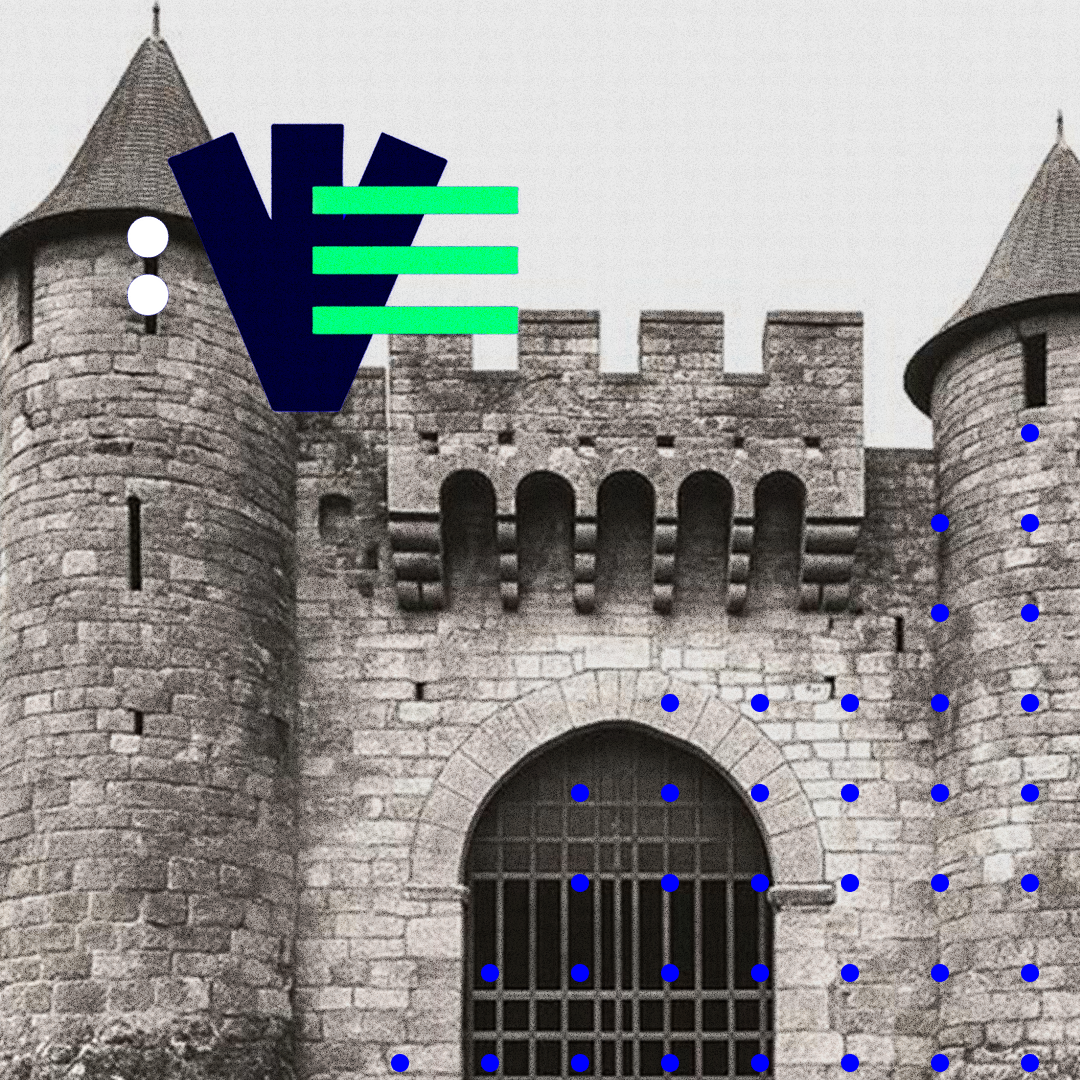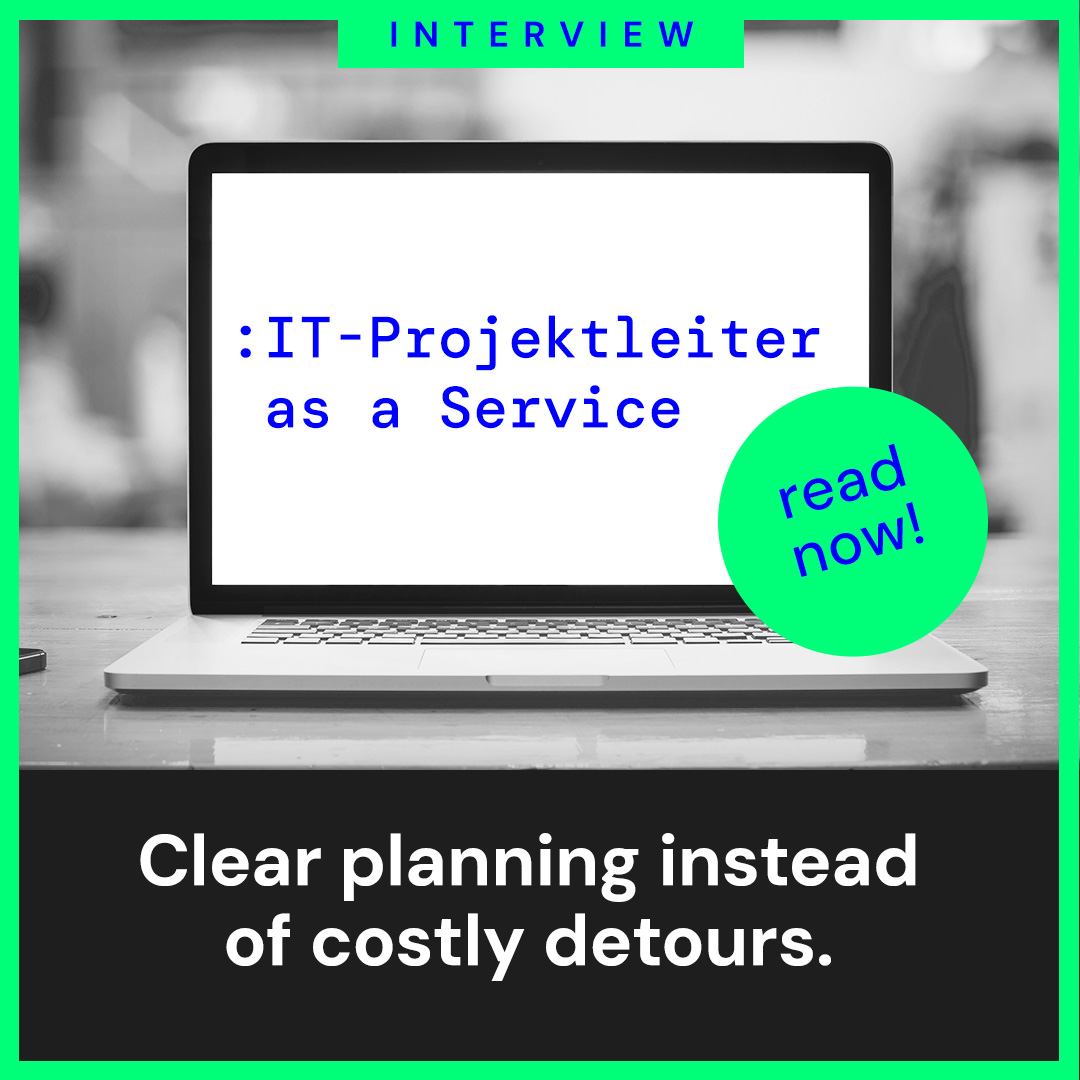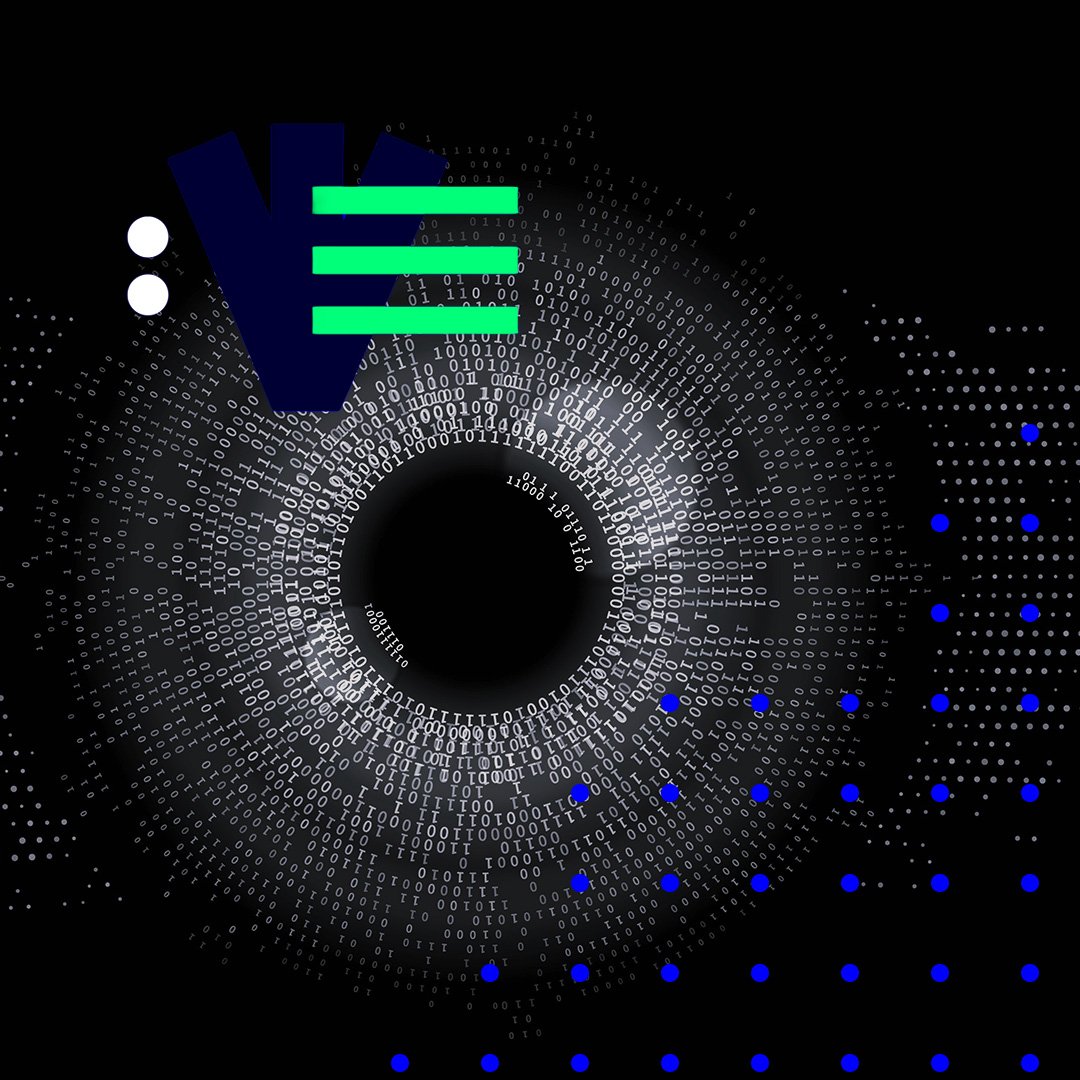When is the right time to develop a security strategy?
A Conversation with Martin Buck, CISO & Head of Consulting Services, BNC AG Key triggers, components, and planning horizons for your security...
4 min read
 Martin Buck
:
Jun 19, 2025 9:33:38 AM
Martin Buck
:
Jun 19, 2025 9:33:38 AM

Today, IT security in many Swiss companies resembles a makeshift fortress: numerous tools, little integration. As threats increase, IT departments struggle with complex systems and limited resources. But security doesn’t have to remain an elusive goal — with a structured approach, complexity can be managed, and effective, sustainable security can be achieved.
Today’s IT security landscape feels like an endless arms race: every new threat brings a new tool. What started out as a simple firewall and antivirus software has grown into a bewildering arsenal of XDR, SIEM, PAM, SASE, and countless other defense mechanisms.
The result? Overloaded security environments that are difficult to manage, even harder to get a clear overview of — and often effective only in isolated areas.
In the middle of it all: IT departments.
They are expected to meet ever-growing demands but face a dilemma: increasingly complex systems need to be operated, integrated, and understood with too few qualified resources. Skilled professionals are scarce, pressure is mounting — and each new solution adds friction to the system.
That’s why many companies turn to managed services or SaaS solutions — a sensible move, but not a cure-all. Because what often gets lost is the cohesion: collaboration, alignment, and an overall view fall by the wayside. Only a SOCaaS solution can try to patch things up afterward.
From a distance, many companies’ IT security architectures don’t look like solid fortresses — more like a crooked house on the verge of collapse.
The real problem?
It’s not the lack of tools — it’s the absence of structure, strategy, and clarity.
Too often, companies jump straight into searching for a product when faced with an urgent security issue. What’s overlooked is that any security tool only delivers its full value when embedded within a clear overall strategy. Vendor marketing and time pressure push for quick fixes — but sustainable security often falls by the wayside.
Instead, ask yourself these questions: Where do we want to go? How do we build our protection system? What do we actually need?
For more in-depth insights into security strategy, check out our whitepaper: "Building Resilience with the Right Strategy: Setting Up IT Security Effectively".
Security can be well compared to building a fortress:
The security strategy sets the framework for the level of protection to be achieved over the next 5–7 years. A fortress isn’t built overnight. You need to know how tall and thick the walls should be and which assets require special protection. How many soldiers should fit inside, and who besides the lord needs safeguarding?
Security architecture plans the lines of defense: Do you need walls or moats? Is the terrain suitable? What resources must be considered? Only once these basics are established can the fortress’s location be sensibly chosen.
During the planning phase, standards are defined to ensure everyone works toward the same goal. In this analogy, that might be whether to use bricks or natural stone for the walls, or whether one thick wall or several thinner ring walls are required.
In the design phase, the details are defined: What arrow slits are needed — and for which “weapons”? Where are sensitive areas, and how are they protected? Only once this detailed planning is complete can procurement begin.
This approach helps avoid building a beautiful gate but forgetting to connect it to a wall.

A BNC customer faced the complex challenge of protecting highly sensitive personal data — while ensuring easy access for authorized users. The starting point:
SaaS-first strategy
Remote work as the standard
Zero Trust as the guiding principle
Our answer was not yet another security tool, but a strategy-driven approach:
// Step 1: Protection Requirements Concept
Data was categorized into clearly defined protection classes
Security and access requirements were derived from these classes
The result: a systematic overview of risks and protection goals
Building on the protection requirements, a consistent security foundation was created:
A network zoning concept to separate and secure systems
Protection concepts for both IaaS and SaaS environments
Development guidelines to secure the software development process
During the design phase, the needs of different user groups were consolidated. The result:
Development of a SASE architecture
// Step 4: Selection & Implementation
A target solution was selected
Implementation was carried out with close technical guidance to ensure both security goals and user needs were met
// The Result: Less Complexity, More Security
Clear structure and transparency in the security architecture
Reduced complexity and simplified administration
Higher protection level combined with improved user experience
Sustainable implementation of the security strategy
T departments are under constant pressure: too many tools, too few resources, and little room for strategy. Every new security solution feels like just another patch on an unstable system.
What’s missing isn’t technology — it’s a clear, shared direction. True security only emerges when IT, network, development teams, and external partners work together in a coordinated, structured, and sustainable way.
The key lies in strategy.
Not in the next tool, but in the overarching approach. Viewing IT security as a holistic project relieves pressure on teams, creates clarity — and lays the foundation for a digital fortress that truly holds.
After earning his degree in Computer Science and Business Administration in Germany, Martin Buck became a partner at AVANTEC AG and worked hands-on as an IT Security Engineer. He later held roles in sales and served as a Senior ICT Architect at Sidarion AG. In 2018, he joined BNC as Sales Director for Zurich and subsequently became Head of the Competence Center Security.
Today, as CISO and Head of Consulting Services at BNC AG, Martin Buck leads engaging, hands-on workshops focused on security – including at this year’s Rethink IT event.
Interested in attending? Free tickets available on request: marketing@bnc.ch


A Conversation with Martin Buck, CISO & Head of Consulting Services, BNC AG Key triggers, components, and planning horizons for your security...

Your sparring partner for IT and security projects Where companies stumble in IT security – and how BNC’s architecture and implementation guidance...

SASE DECRYPTED, PART 2 THE CONNECTION POINT - KEY TO THE ON-PREMISE ACCESS REVOLUTION AND LIBERATION FROM CLOUD DEPENDENCY In the second part of our...